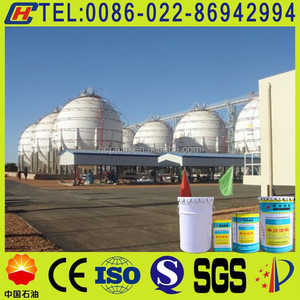Understanding Oil Paint Layering
Oil paint layering is a crucial technique that artists employ to achieve depth, richness, and luminosity in their paintings. By applying multiple layers of paint, artists can create a sense of volume and achieve subtle variations in color and texture. This method not only enhances the visual appeal of the artwork but also allows for greater control over the final outcome.
Types of Oil Paint Layering Techniques
There are several methods to utilize oil paint layering effectively. Each offers unique properties and results that cater to different artistic styles. Some common techniques include:
- Glazing: This technique involves applying a thin, translucent layer of paint over a dry layer. Glazes can create a luminous effect by allowing the underlayer to shine through.
- Scumbling: Scumbling is a technique where a layer of light, opaque paint is lightly brushed over a dry layer, allowing some of the undercolors to mix and create texture.
- Fat over Lean: This fundamental principle dictates that each subsequent layer should contain more oil than the layer beneath. It ensures better adhesion and prevents cracking.
-
This method focuses on applying thick layers of paint to create high texture and dimension, producing a very tactile surface.
Applications of Oil Paint Layering in Art
Oil paint layering can be applied in various artistic disciplines, enhancing not just fine art but also commercial artwork. Here are its significant applications:
- Fine Art Painting: Artists use oil paint layering in traditional and contemporary canvases to develop depth and complex color schemes.
- Portraiture: Layers help create realistic skin tones and textures, allowing artists to depict light and shadow effectively.
- Landscape Art: Layering techniques can mimic natural atmospheric effects, such as the play of light on water or clouds.
- Restoration of Artworks: Art conservators utilize oil paint layering techniques to carefully restore or retouch historical paintings without altering their integrity.
Advantages of Mastering Oil Paint Layering
The mastery of oil paint layering presents numerous advantages for artists aiming to elevate their work. Some key benefits include:
- Enhanced Visual Interest: Layering allows for more vibrant and complex imagery, captivating the viewer's eye.
- Depth and Dimension: This technique adds layers of depth to the artwork, creating a more immersive experience.
- Flexibility in Corrections: Since oil paints remain workable for an extended period, layering allows artists to make corrections easily and refine details as needed.
- Longevity of Artwork: Properly layered oil paints adhere better and tend to maintain their vibrancy over time, ensuring that the artwork stands the test of time.









































